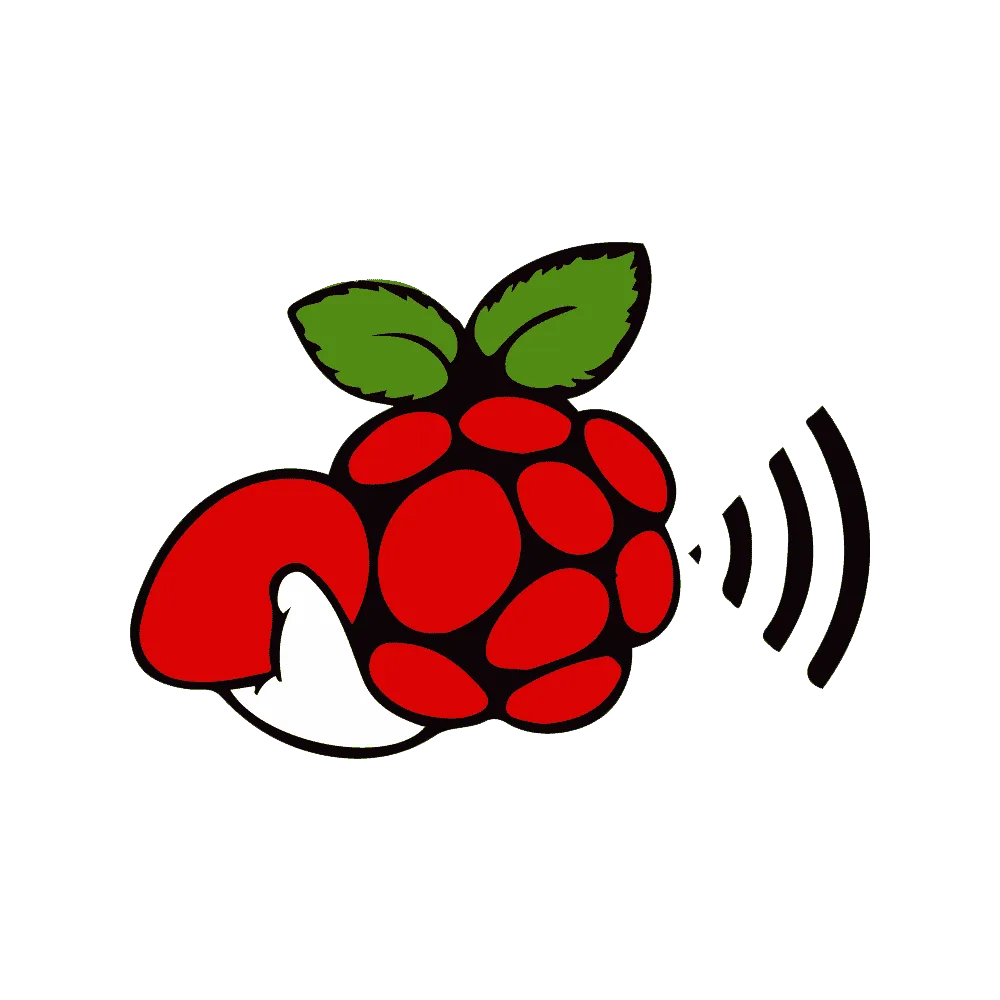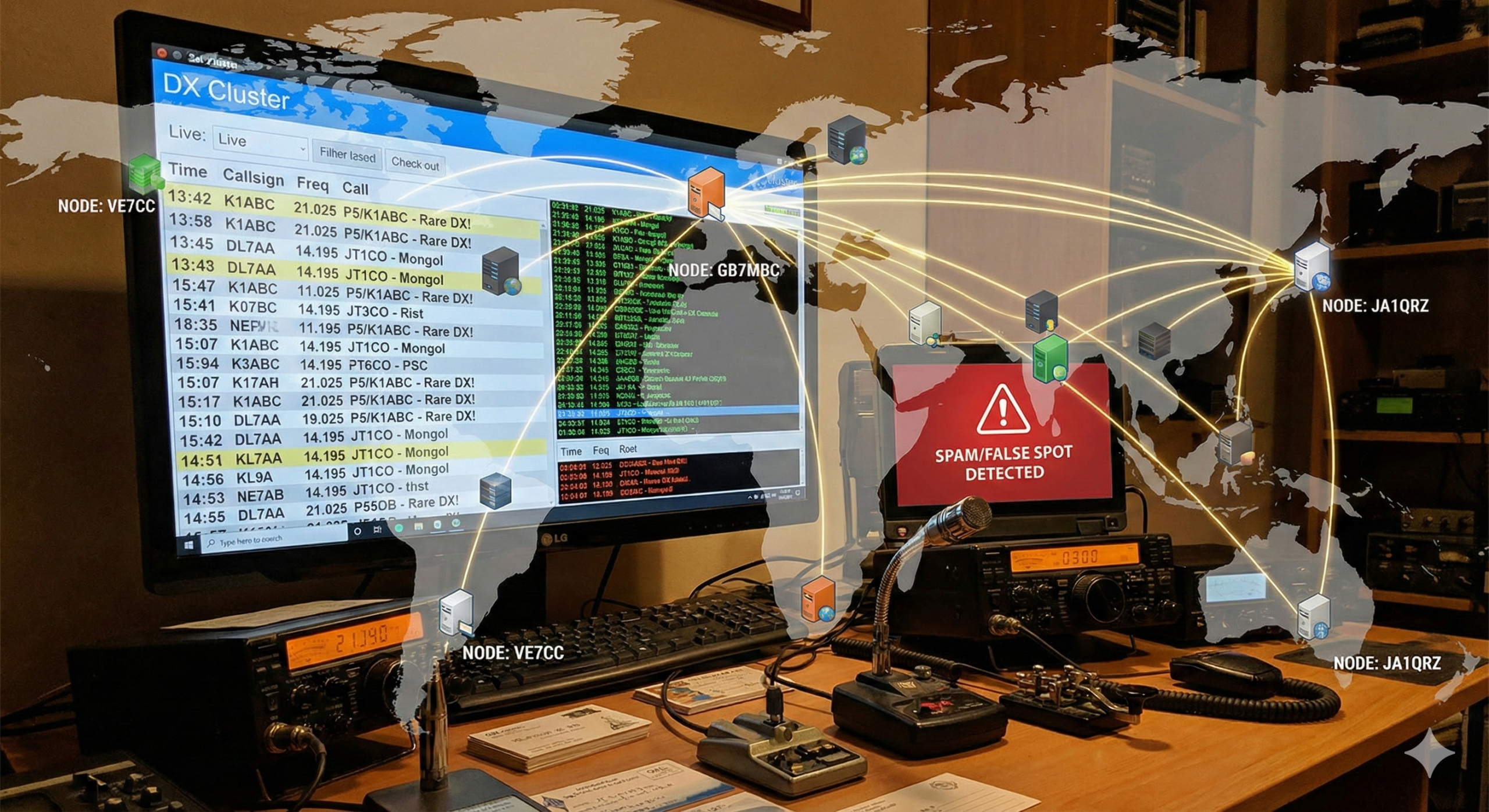amateur radio
ham radio
open hardware
radio
raspberry pi
transmitter
alatbuka, AmateurRadio, cubaradio, DigitalModes, eksperimenpi, eksperimenrf, experimentalradio, fielddayprojects, frekuensiradio, hackrf, hamlife, hamradio, hamradiofun, hobi-elektronik, homebrewrf, lowpowertx, makerradio, modulasidigital, modulasiradio, openhardware, pemancar, pemancarbuatan-sendiri, pemancarpirumah, pihacks, piprojects, pirosak, projekpi, qrp, RadioAmatur, radiohacking, radionerds, radiotesting, radiotinkering, RaspberryPi, rfexperiment, rfplayground, rpitx2, RTLSDR, sdr, siaransdr, techtinkering, transmisirf, wirelessexperiments
9M2PJU
0 Comments
Playing with RF: rpitx2 Turns Your Raspberry Pi into a Radio Transmitter
If you’re into amateur radio and love to tinker, here’s something weirdly fun to experiment with: rpitx2 — a software-only RF transmitter for the Raspberry Pi.
No, it’s not a substitute for your HF rig. No, it’s not going to replace your IC-7300 or even your Baofeng. But if you’re looking for an experimental project that lets you transmit real RF signals using just a Raspberry Pi and a bit of wire, rpitx2 is surprisingly powerful — in a nerdy kind of way.
What Is rpitx2?
rpitx2 is the second generation of the original rpitx by F5OEO. It’s a general-purpose RF transmitter that works by abusing (intentionally!) the Raspberry Pi’s GPIO pin to generate radio signals between 5 kHz and 1500 MHz. That covers everything from VLF to UHF.
All you need is:
- A Raspberry Pi (several models supported, more on that below)
- A short wire connected to GPIO 4 (pin 7) as an antenna
- The rpitx2 software
- And a sense of curiosity, because this is very much a let’s-see-if-it-works kind of project
A Word of Warning
This is experimental software. It hasn’t been certified for compliance with RF transmission regulations. You are entirely responsible for how you use it. If you’re a licensed amateur operator, stay within legal bands and power limits. If you’re not licensed — don’t transmit at all. Just use it into a dummy load or observe via SDR.
Also, don’t expect miracles. This is not a high-quality transmitter. The Pi is doing all the work in software. There’s no filtering, no PA stage, no real impedance matching — just raw RF squeezed out of a pin that was never meant to do this.
It’s great for short-range testing and learning about modulation, not for talking to DXCC entities.
What Can You Actually Transmit?
rpitx2 comes with a bunch of built-in demos and modes:
- FM with RDS: Yes, you can set up a mini pirate radio station (don’t, unless legal) that sends out stereo FM with station text.
- SSB Voice: Transmit your voice using single-sideband — just keep it low power.
- SSTV (Slow Scan TV): Send an image over HF using Martin1 mode and receive it on QSSTV.
- FreeDV: Try your hand at digital voice communication over RF.
- Pocsag: Yep, you can simulate a pager transmission.
- Carrier, Chirp, Spectrum tests: Great for SDR visualization and modulation experiments.
There’s also a “replay” function — you can record a signal with an SDR and replay it via rpitx2, for fun or analysis.
Hardware Compatibility
Here’s a quick breakdown of which Pi models work:
| Raspberry Pi | Status |
|---|---|
| Pi Zero | ✅ Works |
| Pi Zero W | ✅ Works |
| Pi 3B / 3B+ | ✅ Works |
| Pi 4 | ⚠️ Sometimes |
| Pi 400 | ⚠️ Sometimes |
| Pi 5 | ❌ Not yet |
Some models, especially Pi 4 and 400, can be unstable. Pi 3A+ seems to work quite well. Also, remember: no filtering means your Pi is potentially throwing out a lot of unwanted signals (harmonics). Be a good neighbor. Use a low-pass filter, or better yet, a dummy load.
Range? Power? Don’t Expect Much
At best, the Pi can output around 50 mW, depending on the GPIO drive strength and settings. The signal is enough to get picked up across a room or even down the block with the right antenna — but it’s not going to break through noise floors or reach satellites.
It’s been reported that a ~79 cm wire can give you a few hundred meters of range on 95 MHz in ideal conditions, but that’s highly variable.
The real value here isn’t range or power — it’s the education. You’ll learn about modulation schemes, SDR waterfall displays, antenna resonance, and more, all for the cost of a Raspberry Pi and some wire.
Use Cases for Hams
So why would a licensed ham care about this?
- Modulation experiments: Visualize FM, AM, SSB, and digital modes.
- Test signal generation: Useful for SDR calibration or receiver alignment.
- Digital mode experiments: Try encoding and decoding FreeDV, SSTV, POCSAG, etc.
- Beacons: Set up a temporary WSPR/OPERA-style beacon on ISM bands.
- Educational demos: Perfect for club meetings, STEM events, or just showing friends how modulation works.
Final Thoughts
rpitx2 is not a serious transmitter — but it’s not supposed to be. Think of it more like a radio playground for hackers and hobbyists. You’ll learn a lot, break a few things, maybe even disturb your FM radio a little. Just be responsible and legal about it.
It’s a brilliant reminder that sometimes, the best tools for learning aren’t the most expensive — they’re the most hackable.
Visit and learn more at https://github.com/KubaPro010/rpitx2







Post Comment